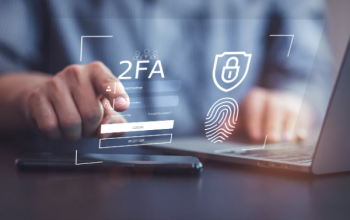Biometric authentication—fingerprints, facial recognition, and even voice scans—is everywhere today. It promises convenience and security, making it feel like the end of passwords is near. But relying solely on biometrics without strong password habits is a risky move. Understanding the limits of biometric systems is essential if you want to truly protect your online accounts.
Why Biometrics Alone Aren’t Enough
Biometrics are unique, and that’s their main appeal. You can’t forget a fingerprint or accidentally share your face. But unlike passwords, biometric data is permanent. If someone copies your fingerprint or facial scan, you can’t just change it like you would a password. That’s why experts warn that good password hygiene is still the best backup to biometric security.
Key Limitations of Biometric Authentication
- False Positives and Negatives: A scanner may fail to recognize you due to lighting, dirt, or slight changes in your features. Cheaper devices might even grant access to the wrong person.
- Biometric Data Theft: Hackers have found ways to replicate fingerprints and facial patterns using photos or even 3D printing. Once stolen, your biometric data can’t be reset.
- Device-Centric Risk: Many biometrics work at the device level. Losing a phone or laptop with compromised biometric security can put multiple linked accounts at risk.
- Over-Reliance Leads to Weak Passwords: Relying entirely on biometrics often makes people lazy about passwords—reusing them, choosing weak codes, or skipping multi-factor authentication (MFA).
How Good Password Practices Make a Difference
Even with advanced biometrics, strong passwords remain a top defense. Here’s how to stay secure:
- Use Unique Passwords for Every Account: A breach on one platform shouldn’t endanger your other accounts.
- Combine Biometrics With Strong Passcodes: Use a PIN or pattern backup seriously—it’s more than a convenience.
- Enable Multi-Factor Authentication (MFA): Biometrics plus MFA adds a second layer of security that hackers struggle to bypass.
- Update Passwords Regularly: Even with biometrics, changing passwords reduces the risk if data leaks occur.

Practical Takeaways
The best approach isn’t choosing between biometric authentication vs passwords—it’s combining both. Treat biometrics as the first line of defense and strong password hygiene as the second. This layered approach gives you practical, real-world security that standalone biometrics simply can’t match.
By following these practices, you can enjoy the convenience of biometric login while keeping your accounts safe from hackers. Remember: the best security is a combination of smart technology and solid habits.


